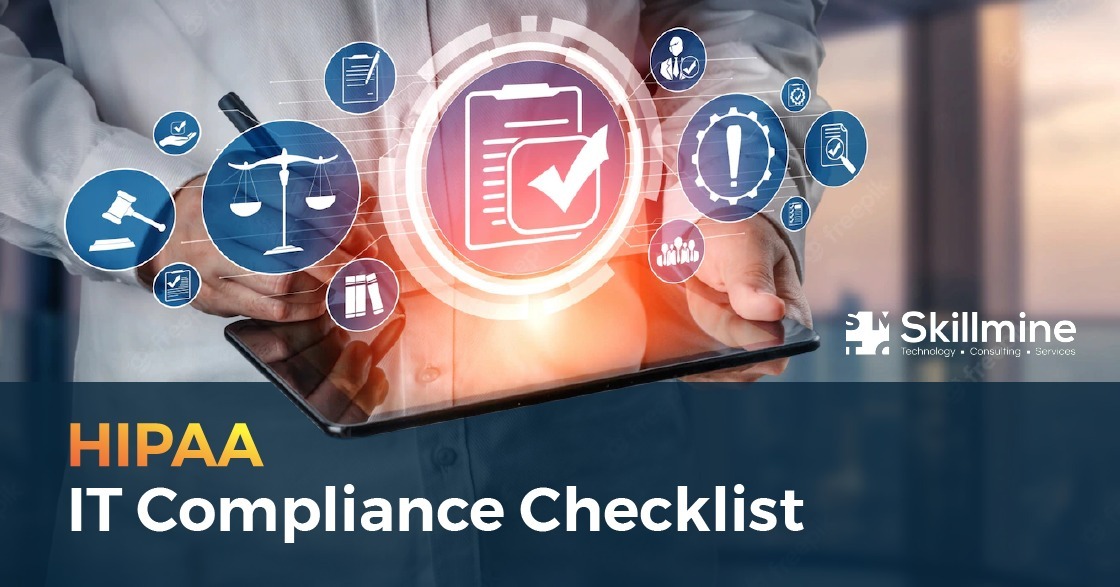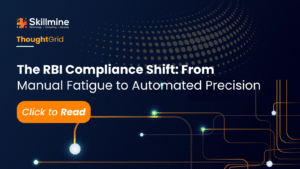Healthcare IT is expanding. This necessitates a federally compliant infrastructure to process and retain the electronically protected health information (ePHI) covered by the Health Insurance Portability and Accountability Act (HIPAA). HIPAA is one of the pillars of regulatory compliance and healthcare cybersecurity. HIPAA was signed into law on August 21, 1996, to “improve the portability and accountability of health insurance coverage” for employees between jobs.
Risk assessment and management are crucial factors for HIPAA IT security. Adopting the National Institute of Standards and Technology (NIST) Cybersecurity Framework is one strategy to ensure risks are identified, and appropriate controls are implemented as part of your HIPAA IT compliance programme. The NIST Cybersecurity Framework aids in detecting and responding to assaults in a HIPAA-compliant manner.
All systems used to send, receive, store, or modify electronically protected health information) (ePHI must comply with HIPAA IT regulations. Any software or system that “touches” ePHI must include security safeguards to maintain availability, confidentiality, and integrity.
Benefits of HIPAA IT compliance
- Protection against PHI loss
- A developed patient safety culture
- Protection against regulatory fines
HIPAA Compliance Checklist for IT
- Install thorough and reliable audit controls.
- Examine the activity within your system using the audit logs.
- Implement access management and identity controls, which keep track of each user’s access to a system and alert administrators when configurations are changed.
- Install a disaster recovery system, making sure that all of your data is backed up, and develop a contingency plan that includes emergency reaction protocols.
- Scan your infrastructure for vulnerabilities and conduct penetration testing on all areas that process or store electronic health data.
- Sign a well-written business associate agreement with each of your service providers. Set clear expectations for your partnership and the efforts each of you will take to protect data security.
- Control access by ensuring that users are logged in and unique. Make it feasible for users to automatically log off and implement sophisticated authentication processes.
- Implement a method specifically created to encrypt sensitive data both in transit and at rest. This ensures that all PHI and other personal data is encrypted.
In addition to these measures, a secure messaging solution can be used to prevent security gaps caused by using personal mobile devices at work. Another area where security may be compromised is email. Email containing ePHI that are sent outside an internal firewalled server must be encrypted. Additionally, it should be remembered that emails containing ePHI are part of a patient’s medical record and should be stored securely for at least six years in an encrypted format.
Defences should be set up to prevent phishing assaults since medical records might fetch a higher selling price on the black market than credit card numbers. Several recent HIPAA breaches have been attributed to criminals obtaining passwords to EMRs or other databases. Web content filters can be used to reduce the chance of this happening.
One item on the HIPAA compliance checklist that commonly receives low priority is routinely reviewing ePHI access logs. Inadvertent access to ePHI by healthcare employees is common. But many Covered Entities (any business entity that must by law comply with HIPAA regulations) fail to conduct routine audits. Hence access might go undetected for a long time.
Security tips for HIPAA IT compliance
- Strong login measures: Implement strict guidelines for ID and password complexity to ensure that only authorised people have access to PHI. Make sure users change their default passwords immediately and update them regularly.
- Regular activity logging: Ensuring that your IT systems record everything will assist you in complying with HIPAA because you’ll be continuously monitoring and recording PHI events. Install the proper logging and data monitoring tools to keep track of PHI’s location, who has viewed it, and whether a breach has occurred.
- Use a multi-layer approach: The first layer of potential HIPAA breaches is user IDs and logins. Additionally, it would help if you looked at the security precautions implemented at other layers, such as the network, systems, software, and firewalls. For example, avoid using the default configurations because they may be more vulnerable to breaches.
Conclusion
A HIPAA compliance checklist should be completed in accordance with your compliance partner. Having a fool-proof IT compliance solution can ensure that the checklist outlined here is followed (Read more on IT audit checklist). Skillmine’s COMPLYment is a tailor-made IT Governance, Risk and Compliance (GRC) solution that can streamline HIPAA IT compliance and other guidelines for your business.





